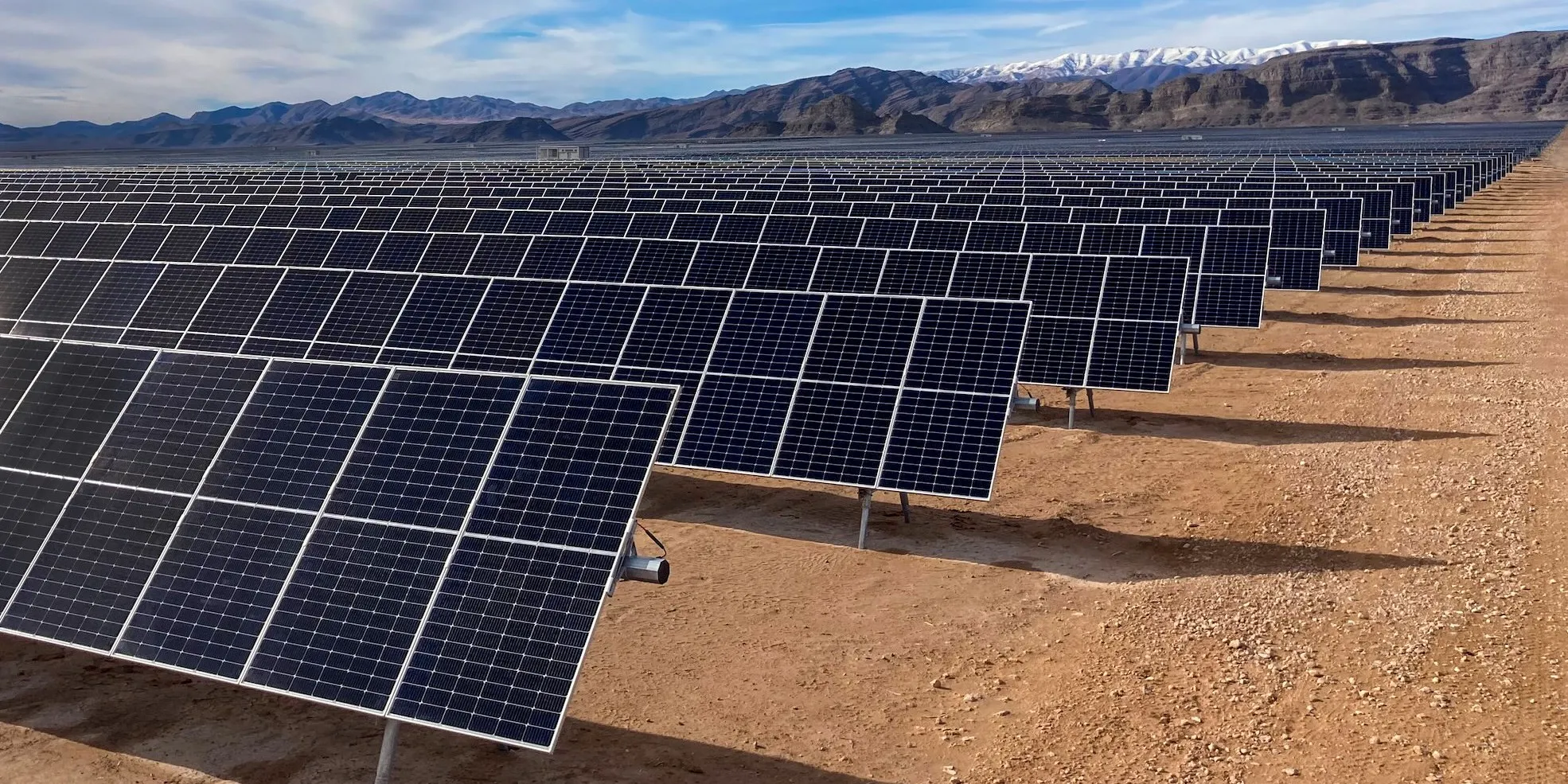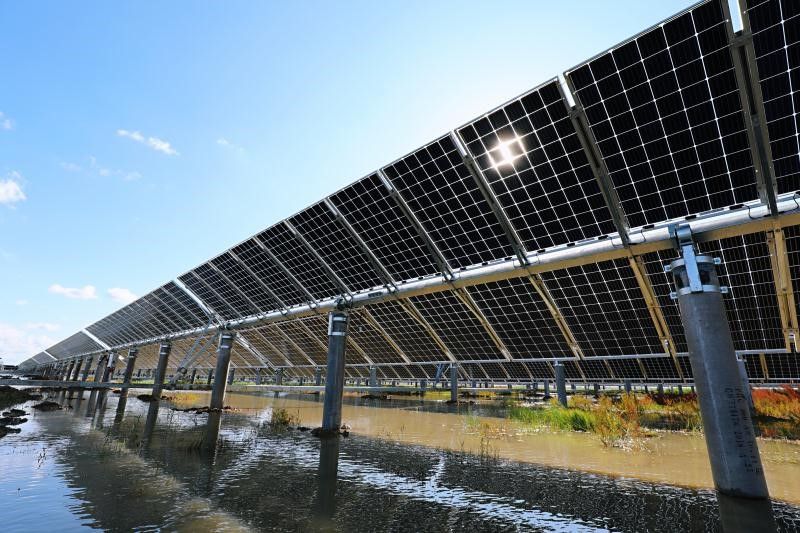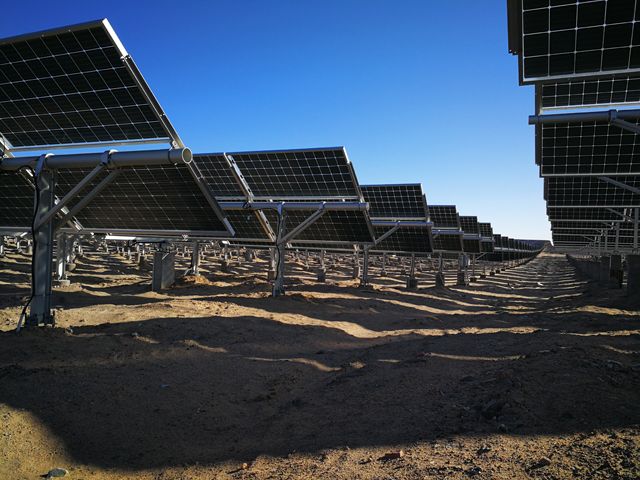
Introduction
Bifacial solar panels are an innovative and advanced technology in the field of renewable energy. These panels have the unique ability to capture sunlight from both sides, maximizing energy generation and efficiency. In this article, we will explore the historical background, key concepts, advantages, potential applications, and future outlook of bifacial solar panels.
Historical Background
Since their invention in the 1950s, solar panels have undergone significant advancements. Early versions of solar panels were inefficient and expensive, limiting their widespread adoption. However, with improvements in technology and manufacturing processes, solar panels have become increasingly popular as a clean and renewable energy source. The development and evolution of bifacial solar panels mark a significant milestone in this journey.
Key Concepts and Definitions
Bifacial solar panels are designed to capture sunlight from both sides, utilizing the light reflected from the ground or surrounding surfaces. These panels have a unique structure that allows for increased energy generation compared to traditional solar panels. Important concepts such as albedo, bifacial gain, and transmittance play a crucial role in understanding the efficiency and performance of bifacial solar panels.

Main Discussion Points
Design and Functionality of Bifacial Solar Panels
Bifacial solar panels consist of a transparent top surface and a bottom surface that can absorb sunlight. They are typically made of high-quality materials such as crystalline silicon or thin-film technology. The structure and components of bifacial solar panels are carefully designed to optimize energy capture and utilization.
Advantages of Bifacial Solar Panels
Compared to traditional solar panels, bifacial panels have the potential to generate more energy due to their ability to capture sunlight from both sides. This increased energy generation can lead to greater efficiency and cost-effectiveness in solar energy systems.
Environmental Benefits
Bifacial solar panels require less land and resources compared to traditional panels, making them a more sustainable choice. Their adoption can contribute to the goal of clean and renewable energy production, reducing carbon emissions and dependence on fossil fuels.
Potential Applications
Bifacial solar panels are suitable for various environments and climates, making them versatile in their applications. They can be used in residential, commercial, and utility-scale projects, providing a reliable and efficient source of electricity.
Case Studies or Examples
Real-world examples of successful implementation of bifacial solar panels can demonstrate their effectiveness. These case studies highlight the energy generation and economic benefits achieved through the use of bifacial panels, showcasing their potential in different settings and scenarios.

Current Trends or Developments
Ongoing research is constantly uncovering new findings and technological advancements in the field of bifacial solar panels. These trends and developments shape the future of this technology, potentially improving its performance and efficiency even further.
Challenges or Controversies
While bifacial solar panels offer numerous advantages, they also come with challenges. Installation, maintenance, and optimizing performance can be complex tasks that require expertise and careful planning. Additionally, controversies surrounding their adoption and integration, such as potential impacts on wildlife and aesthetics, need to be addressed.
Future Outlook
The future of bifacial solar panels looks promising, with the potential for significant growth and market adoption. Technological advancements and policy support will play a crucial role in shaping the future of this technology and its integration into the mainstream renewable energy landscape.
Conclusion
Bifacial solar panels represent a cutting-edge technology that has the potential to revolutionize the renewable energy sector. Their ability to capture sunlight from both sides, increased energy generation, and environmental benefits make them a promising solution for a sustainable future.




